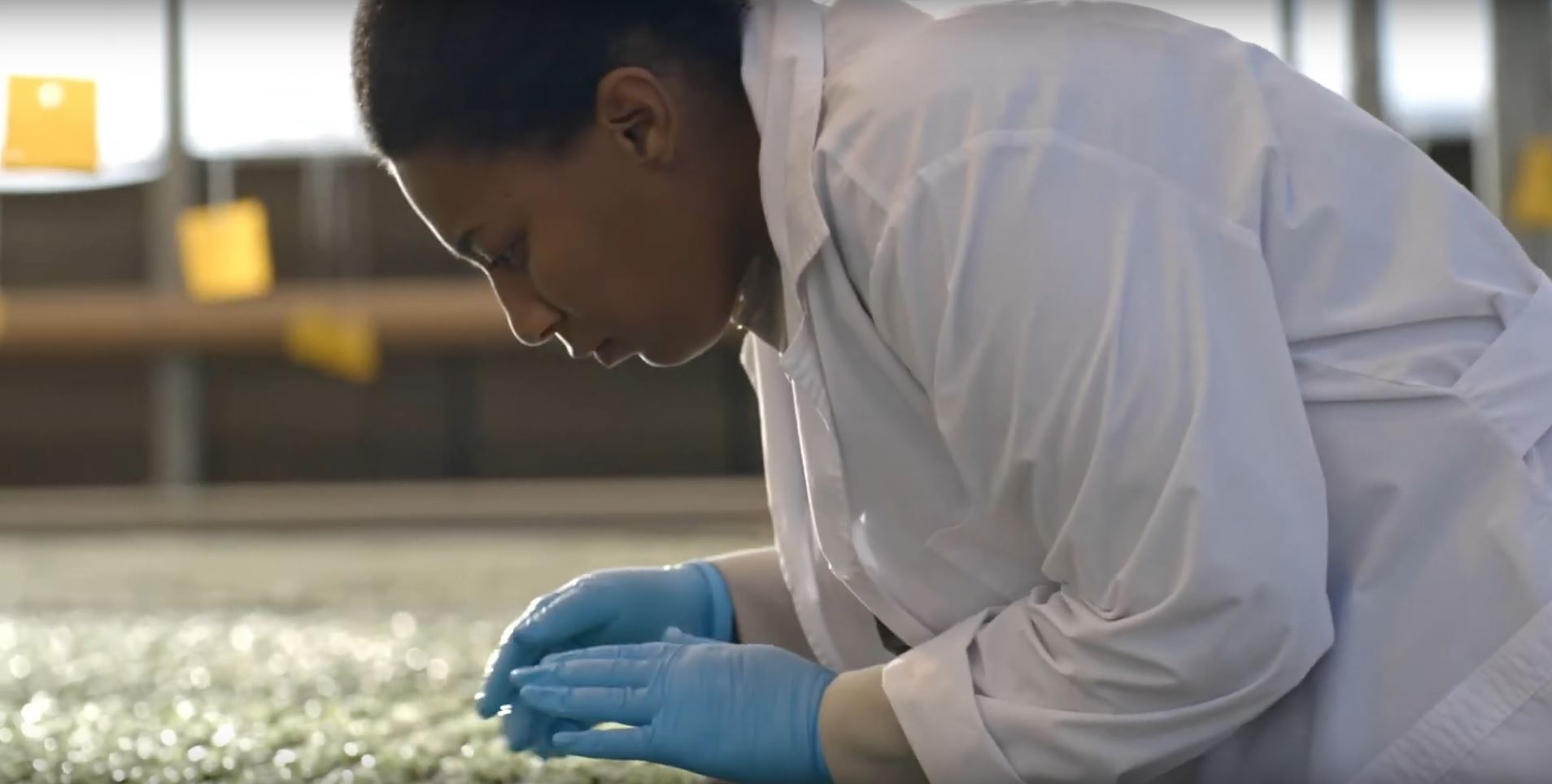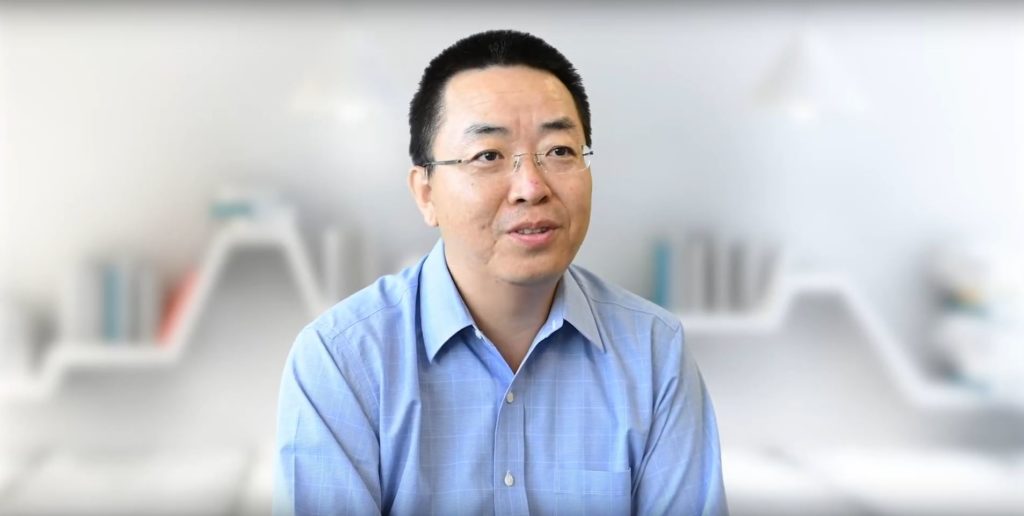Inspired by Photosynthesis, David Wei Creates Cost-Effective and Sustainable Industrial Chemicals
By using solar energy, the technology could have a huge economic impact
At first glance, it might seem a bit farfetched for a chemist specializing in metallic and semiconductor nanomaterials to cite nature as his primary source of inspiration. But to discover the next big innovation in clean energy, David Wei, an associate professor in the University of Florida Department of Chemistry, turned to plants – arguably the best examples of nanotech done right.
When you close your eyes and picture “nanotechnology,” you might not immediately visualize green leaves (maybe, more likely, the inexplicably tiny circuit board in your cellphone).
But, really, all life is driven by molecular machines. It’s no secret that plants use photosynthesis to convert carbon dioxide, water, and sunlight into useable chemical energy in the form of sugar. It was by studying a few key components of that multi-step reaction that Wei realized the potential of simulating these natural chemical reactions in the lab – and not just to make sugar.

“If we break it down, there are two major steps: the first step is oxidizing water,” explained Wei, a recipient of a UF Innovate’s Invention of the Year award, an honor highlighted at Standing InnOvation 2020.
Wei and his team have developed a technology that mimics this water oxidation step and are using it to produce important chemicals such as carbon monoxide and methane. Even though these chemicals might have a bad rap, they are actually critical feedstocks in the processes to create many of our everyday materials, such as plastics and natural gas.
However, there’s one big difference: Wei’s technology does not rely on fossil fuels, so it has the potential to be more cost-effective and sustainable.
“If we can convert CO2, we deal with global warming; we deal with this climate change,” Wei said. “At the same time, we use the sunlight, the solar energy, which is basically free, to convert the things we don’t want, CO2, into the things we need for our daily lives.”

Wei went on to explain that CO2 conversion is only one application of this exciting technology. His invention is based on producing protons, which also plays a critical role in nitrogen fixation, a process where inorganic nitrogen is converted into a usable form for plants known as ammonium.
Ammonium is an essential fertilizer component to support commercial agriculture and Wei is confident that his technology can make ammonium more efficiently than we do today.
“There are already tons of patents on this. For example, nitrogen fixation is possibly already 100 years old – a very well-developed industry process,” Wei said, “but it’s limitation is that is very energy consuming.”
Wei went on: “We have demonstrated that nitrogen fixation works, but then the question is: How much does it produce? How efficient is it? If you only have like 0.1 percent in yield, it’s basically not applicable.”
The main industrial nitrogen fixation method, called the Haber-Bosch process, requires high-pressure and heat to combine nitrogen and hydrogen – conditions that are energetically inefficient and costly. Wei’s technology has the potential to revolutionize nitrogen fixation using moderate solar energy instead.
“This invention covers the novel catalyst that will oxidize water under very mild solar conditions,” said Lenny Terry, licensing manager at UF Innovate | Tech Licensing. “In addition to oxidizing water, and in tandem with other catalysts, the technology has the possibility to lower the cost of some very important industrial processes. It could have a huge economic impact.”
Wei has worked with Terry and UF Innovate | Tech Licensing during the decade he has been at UF. He praised Tech Licensing’s multi-disciplinary team and encouraged other inventors to work with the office that he finds genuinely excited about his work.
“You always need to think about the broader impact our science, our discovery, our innovations can have,” Wei reflected. “CO2 reduction, nitrogen fixation – this can have an impact on billions of people. When you think about the impact, wow, that’s the strongest motivation for scientists.”
Written by Jenelle Patterson, a marketing volunteer at UF Innovate | Tech Licensing. Jenelle is a postdoctoral candidate in UF’s horticultural sciences department.
